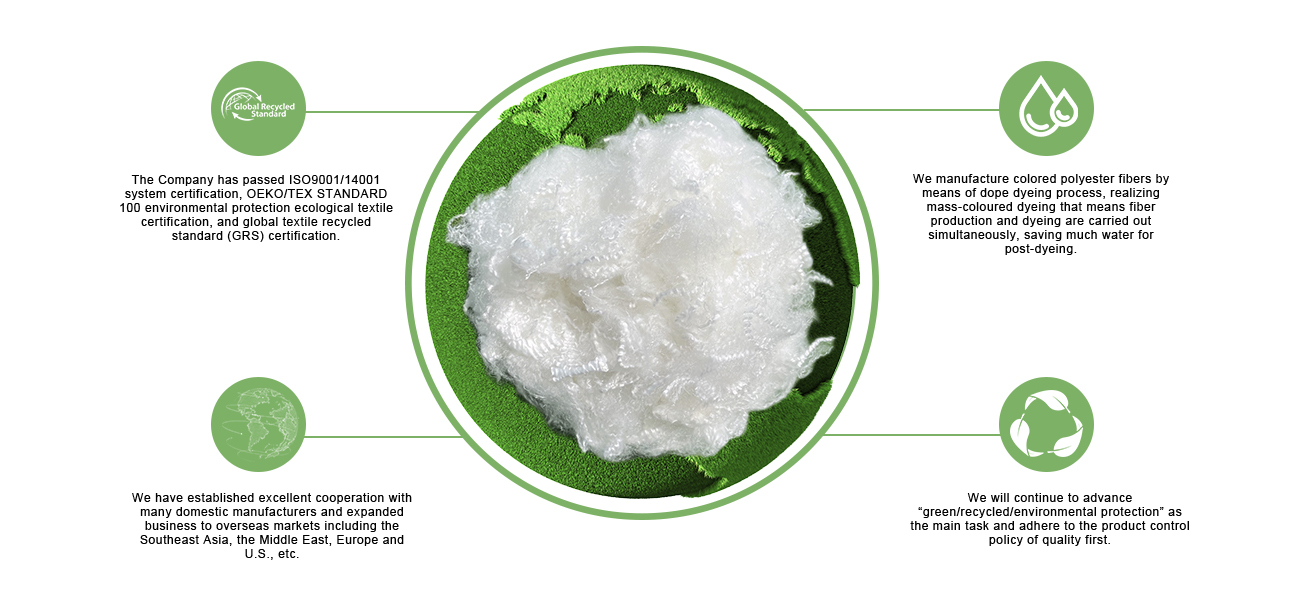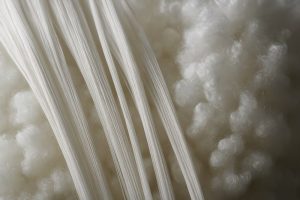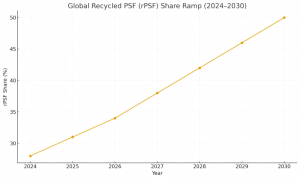ENVIRONMENTAL TECHNOI OGY LEADS BRIGHT FUTURE,
GREEN TEXTILE MAKES COMFORTABLE LIFE!

About Us
The company has been dedicated to the research and development, production, sales and services of environmentally friendly polyester fibers. Several domestic advanced production lines of polyester staple fiber and colored fiber as well as modified polyester staple fiber can meet various needs. Its main products, made in pursuit of the idea of “no dyeing and environmental protection, green textile”, include down-like fiber, recycled polyester staple fiber, superfine denier fiber, colored fiber, hollow fiber and functional fiber and other varieties. We produce recycled polyester staple fibers from recycling of polyester products, helping reduce waste and energy use. We manufacture colored polyester fibers by means of dope dyeing process, realizing mass-coloured dyeing that means fiber production and dyeing are carried out simultaneously, saving much water for post-dyeing. We have established excellent cooperation with many domestic manufacturers and expanded business to overseas markets including the Southeast Asia, the Middle East, Europe and U.S., etc.
Featured Press

Key Quality Parameters in PSF Manufacturing: Denier, Tenacity, Shrinkage & More
Polyester staple fiber (PSF) serves a wide range of end uses, from textiles and nonwovens to home furnishings, automotive interiors, and industrial products. Its performance relies on tight control of fiber quality during manufacturing. Although PSF production involves simple steps—spinning, drawing, crimping, and cutting—final performance varies greatly with parameters like

What Is the Difference Between Polyester Staple Fiber and Polyester Filament Yarn?
Polyester is widely utilized in garments, household textiles, industrial materials, and nonwoven fabrics. It comes in a variety of forms, the most popular of which are polyester staple fiber (PSF) and polyester filament yarn (PFY). Both come from PET, but differ in structure, production, and performance. Knowing these differences helps

What Is the Price of Recycled Polyester Staple Fiber (rPSF)?
Recycled polyester staple fiber (rPSF) is the workhorse fiber made from post-consumer PET bottles and post-industrial polyester waste. It feeds spinning mills, nonwovens, fillings, and geotextiles across apparel, home, automotive, and industrial markets. If you’re trying to budget a program, quote an RFQ, or negotiate with suppliers, you’ll quickly discover

Global Demand Trends for Polyester Staple Fiber (PSF), 2025–2030
Polyester staple fiber (PSF) demand is poised for steady expansion between 2025 and 2030, underpinned by strong downstream recovery and accelerated sustainability adoption. Global volume is expected to rise at a mid-single-digit CAGR, with recycled PSF (rPSF) share reaching nearly 50% by 2030. Major forces include tightening recycled content mandates,

Global Supply Chains of Recycled Polyester Staple Fiber: China, India, and Beyond
Recycled polyester staple fiber (RPSF) has become a strategic raw material for apparel, home textiles, nonwovens, automotive interiors, and geotextiles. It closes the loop on post-consumer PET bottles and packaging, reduces landfill burden, and helps brands meet sustainability targets without sacrificing performance. Yet behind every bale of RPSF sits a

What Factors Influence the Price of Recycled Polyester Staple Fiber?
Due to the worldwide move toward sustainability, there is a growing demand for recycled polyester staple fiber (RPSF) in textiles, nonwoven fabrics, and industrial uses. Known for reducing plastic waste and minimizing environmental impact, RPSF is now a critical raw material for apparel, home furnishings, automotive interiors, and geotextiles. However,


